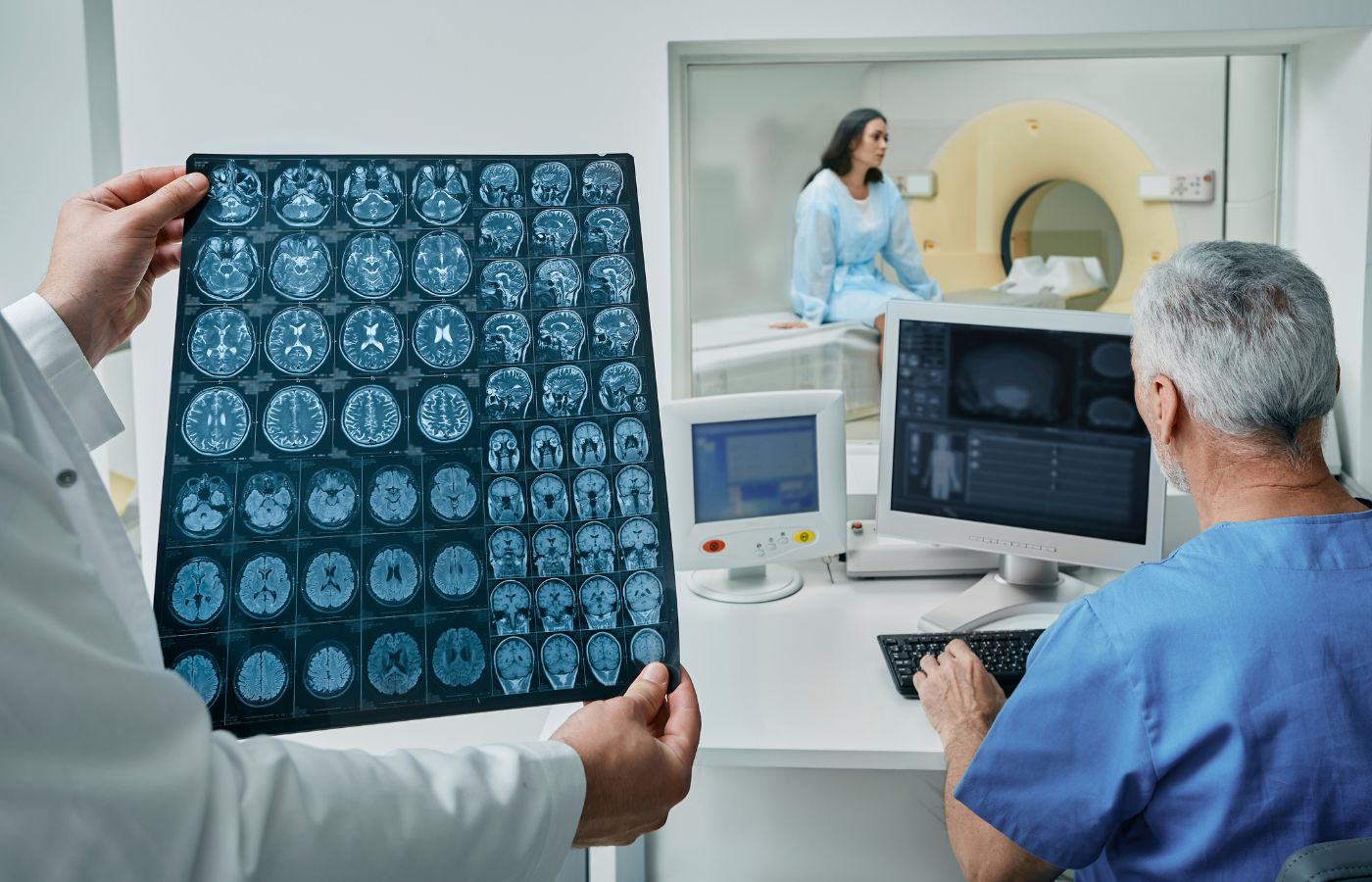HRCT test or High-Resolution Computed Tomography is a specialized form of CT scan used primarily to assess lung diseases and other chest-related conditions. It provides highly detailed images of the lungs, making it an essential tool for diagnosing conditions like interstitial lung disease, pulmonary fibrosis, and chronic obstructive pulmonary disease. If you are looking for an HR CT test, finding an HRCT scan near me at a reliable nearby scan centre is crucial for accurate results.
Medical imaging has revolutionized diagnostic medicine, enabling healthcare providers to detect and diagnose diseases with high accuracy. One such advanced imaging technique is the HRCT test (High-Resolution Computed Tomography). If you have been advised to undergo an HR CT test, it is essential to understand its purpose, procedure, and the additional tests that might be performed along with it. In this blog, we will explore HRCT, its significance, and how to find an HRCT scan near me at a nearby scan centre.
What is an HRCT Scan?
An HRCT scan is a specialized form of computed tomography (CT) scan that provides detailed images of the lungs. Unlike a regular CT scan, HRCT uses thin-slice imaging to obtain high-resolution images of lung structures, making it an essential diagnostic tool for respiratory conditions.
Purpose of an HRCT Scan
Doctors recommend an HR CT test primarily for evaluating lung diseases. Some common reasons for undergoing an HRCT test include:
- Interstitial Lung Disease (ILD): Helps detect scarring, inflammation, and fibrosis in lung tissues.
- Pulmonary Fibrosis: Identifies lung scarring and abnormalities.
- Chronic Obstructive Pulmonary Disease (COPD): Assesses lung function and airway obstructions.
- Tuberculosis (TB): Detects TB-related lung damage.
- Lung Cancer: Provides detailed imaging for tumor detection and monitoring.
- Pneumonia & COVID-19: Evaluates lung infection severity and damage.
How is an HRCT Test Performed?
Understanding the HR CT test procedure can help alleviate anxiety about the scan. The process includes the following steps:
1. Preparation
- Generally, no special preparation is required for an HRCT scan .
- Patients should wear loose, comfortable clothing.
- Removing metal objects like jewelry is necessary as they can interfere with imaging.
- In some cases, contrast dye might be used, requiring fasting for a few hours before the test.
2. During the Scan
- The patient lies on a motorized table, which slides into the CT scanner.
- The scanner rotates around the body, capturing high-resolution images of the lungs.
- Patients must remain still and may be asked to hold their breath for a few seconds.
- The entire scan typically takes 10–15 minutes.
3. After the Scan
- Patients can resume normal activities immediately unless contrast dye was used, in which case hydration is advised to flush it out.
- A radiologist analyzes the images, and results are shared with the referring physician.
Additional Tests Along with an HRCT Scan
Depending on the patient’s condition, doctors may recommend additional tests alongside an HRCT test for a more comprehensive diagnosis. Some of these include:
1. Pulmonary Function Tests (PFT)
Measures lung capacity and airflow. Assesses conditions like asthma, COPD, and pulmonary fibrosis.
2. Blood Tests
- Complete Blood Count (CBC): Checks for infections and immune responses.
- D-Dimer Test: Helps rule out blood clots and pulmonary embolism.
3. Bronchoscopy
Involves inserting a small camera into the airways to examine lung tissues. Helps diagnose lung infections and chronic cough.
4. Sputum Culture Test
Examines mucus samples for bacterial, fungal, or viral infections. Useful in diagnosing TB and pneumonia.
5. Chest X-Ray
Provides a preliminary view of lung abnormalities. Often done before an HRCT scan to confirm the need for high-resolution imaging.
6. MRI of the Chest
May be recommended if soft tissue evaluation is needed. Useful for detecting tumors and vascular conditions.
7. Oxygen Saturation Test
Measures oxygen levels in the blood. Important for patients with respiratory distress and COVID-19 complications.
Finding an HRCT Scan Near Me
When searching for an HRCT scan near me, consider the following factors to choose the right nearby scan centre:
- Reputation & Accreditation: Ensure the scan center is accredited by healthcare authorities.
- Advanced Technology: Choose a center that uses modern HRCT machines for high-quality imaging.
- Qualified Radiologists: An experienced radiologist ensures accurate scan interpretation.
- Cost of HRCT Scan: Compare **HRCT scan** charges across different centers.
- Accessibility & Convenience: Look for a nearby scan centre with flexible appointment scheduling.
Conclusion
An HRCT test is a vital diagnostic tool for assessing lung diseases with high precision. If your doctor has recommended an HR CT test, understanding its purpose and associated tests can help you prepare effectively. Additionally, finding a reliable HRCT scan near me at a trusted nearby scan centre ensures accurate results and timely diagnosis.
